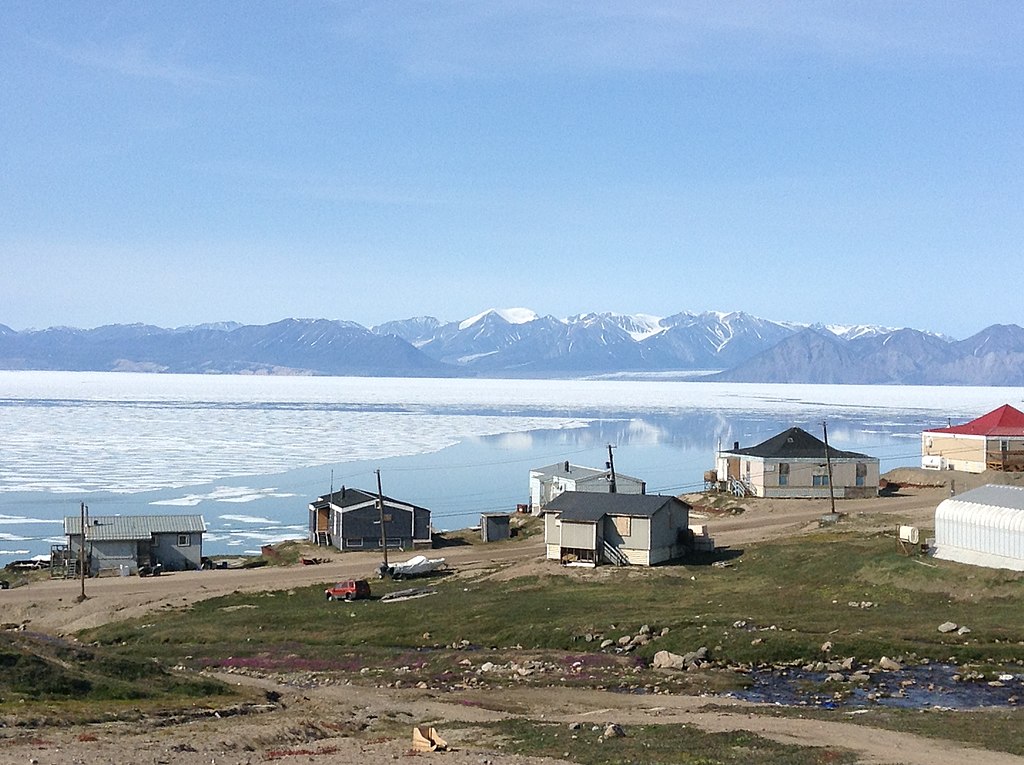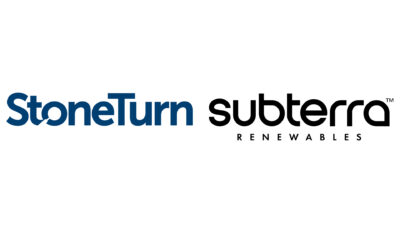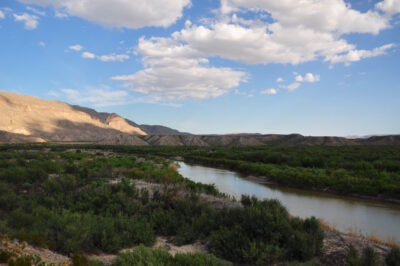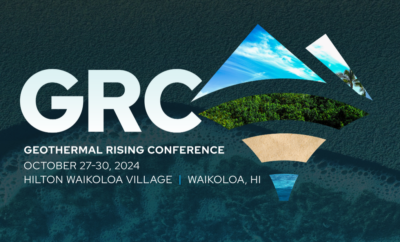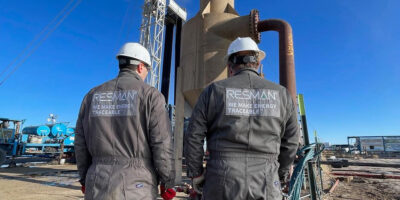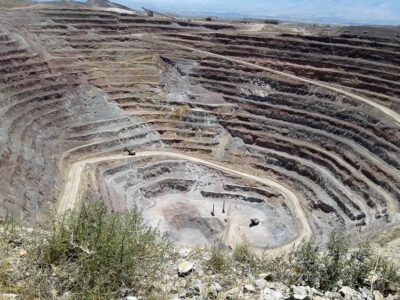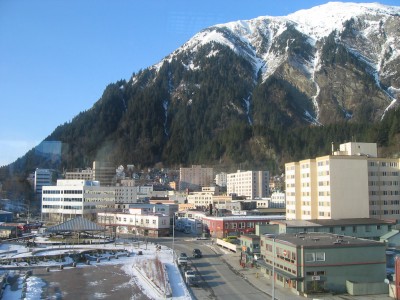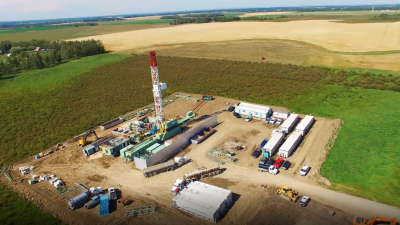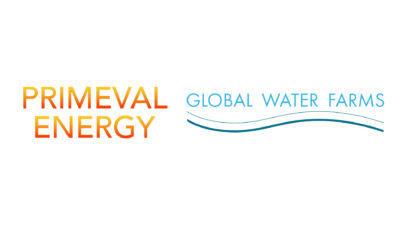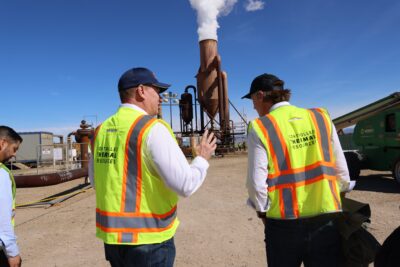Researchers conduct surface geothermal studies in Nunavut, Canada
Surface studies have started to assess the geothermal potential in Nunavut, Canada, with results so far indicating a resource for power generation.
A research team led by University of Alberta professor Martyn Unsworth spent the past summer in the communities of Resolute Bay and Cambridge Bay to conduct surface studies that will help assess the geothermal potential in the territory of Nunavut in Canada.
The campaign was executed through the federal funding received by the Qullig Energy Corporation, the sole electricity provider and distributor in the territory, in partnership with Respec Inc.
In both communities, the team found rocks and water that indicate that there is a geothermal resource that can be used to generate electricity. This is a hypothesis that Unsworth has ad based on data from oil exploration in the region from the 50’s and 60’s. Unsworth also mentioned that similar conditions have been found in Yukon and British Columbia.
Prior to this initiative, the Canadian Geothermal Energy Association (CanGEA) had already published a geothermal resource map for Nunavut.
Benefits beyond electricity generation
The territory of Nunavut relies almost completely on the 25 standalone diesel power plants for energy. Each year, approximately 55 million liters of diesel are sealifted to the Nunavut communities. All of this has to be done during the summer given the remoteness and harsh weather conditions of the region.
Developing geothermal, however, offers benefits beyond just that of lifting this dependence on diesel. Geothermal energy can provide heating for homes and agricultural facilities, allowing the communities to grow food locally. This will offset the high costs of having to ship food regularly to the communities.
“That’s been the experience in many countries around the world where traditionally they started off just using geothermal energy to make electricity and then realized that actually the heat is just as valuable. So people use geothermal heat to heat greenhouses to grow vegetables in Northern Europe where it’s too cold outside,” commented Unsworth.
The community of Resolute Bay is one of three sites studied by Carson Kinney, a PhD student at the University of Waterloo, to assess the impact of geothermal energy on sustainable food production. The study found that geothermal heating in greenhouses can yield fresh produce with an average cost that is 50% lower than having to ship them to the community.
“The idea of greenhouses in communities — it provides food security, local produce, and a sense of belonging with the vegetables themselves,” said Kinney.
The future of geothermal in Nunavut
According to Tina Nleya, Spokesperon of Qulliq Energy Corporation, the federal and territorial governments have been actively working together to explore and develop geothermal in Nunavut. Through the Canadian Northern Economic Development Agency, the federal government has granted $1.2 million in funding to continue the geothermal assessment in the region.
Nleya said that the entire geothermal exploration project is expected to cost $2 billion and will be completed in 2030 to 2031. This will be a four-phase in-depth study to evaluate the territory’s capacity for geothermal energy production.
Source: Yahoo! News
